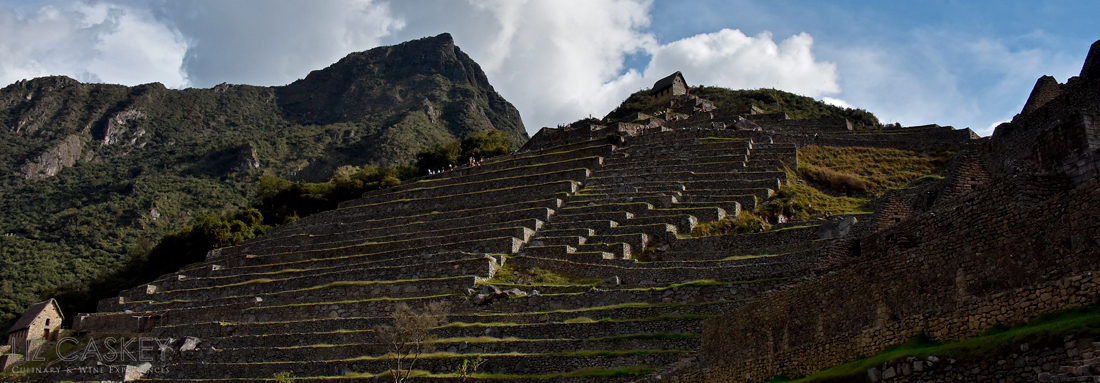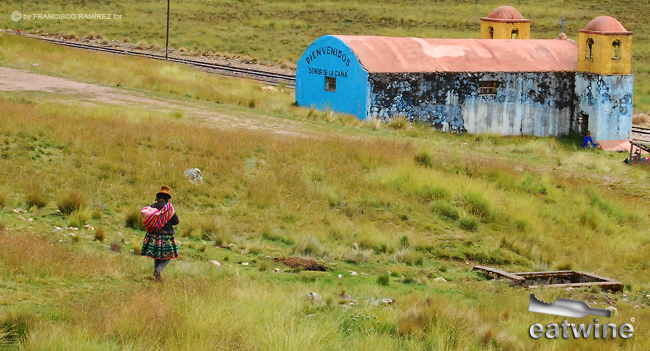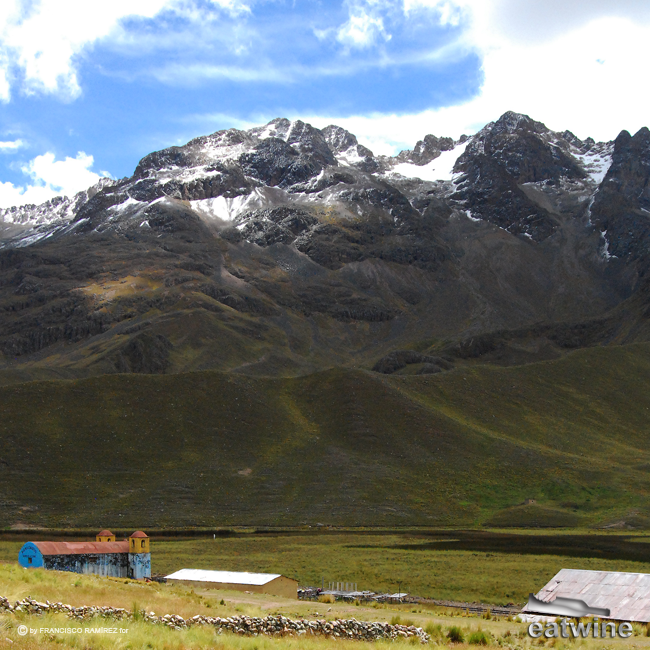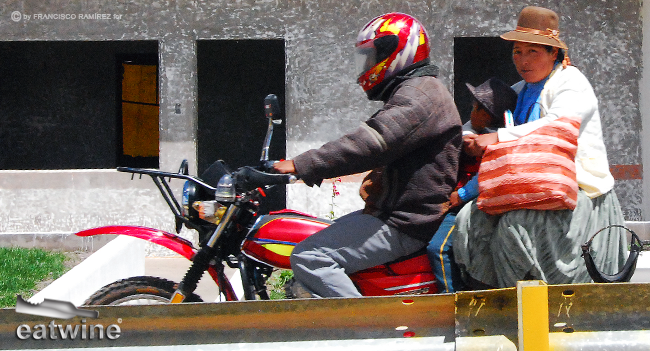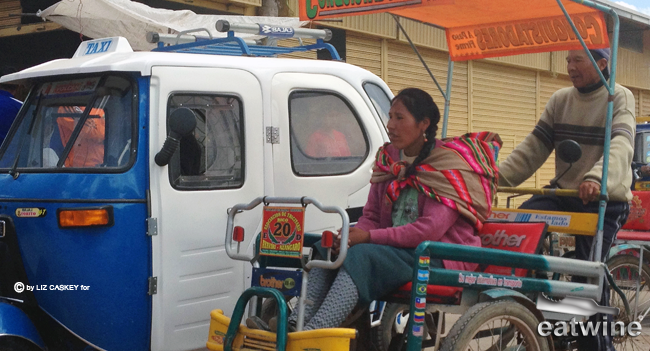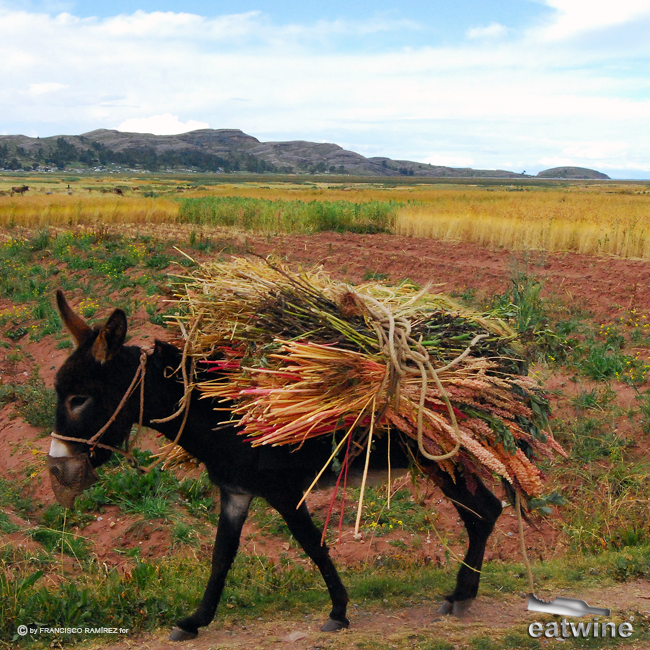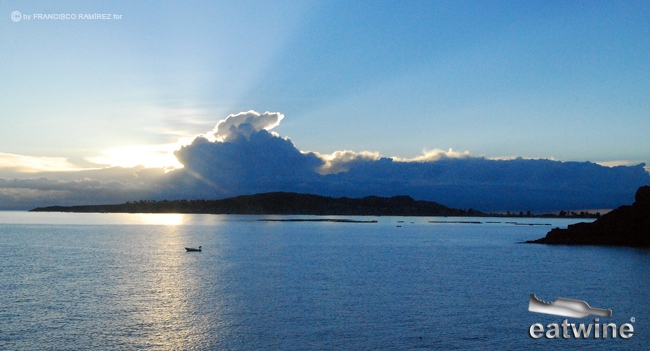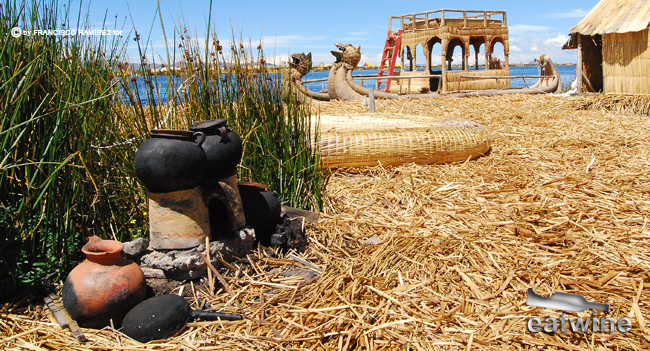Peru is a captivating country that continuously ceases to amaze me with the depth of its food, culture, climates, and friendliness of its people every time I visit, which fortunately is quite often. Many people have Peru primarily on their bucket list for one sole item: Machu Picchu. While spectacular, there is so much more to explore. Last month, we set off to Cusco again, and from there, ascended to the altiplanic region of Puno and Lake Titicaca. I had previously been to Titicaca before, not with the best of luck. Our itinerary was thwarted by a paro, strike, with the road cut off to Bolivia (our final destination). We spent several days with a base in Puno city (not overly scenic) and never did make it to the Bolivian side. Thus, I was eager to revisit this area.
The trip from Cusco to Puno is a scenic 6-hour drive by car, or 10 hours by the Andean Explorer train. The winding road out of Cusco weaves among emerald mountains. In early April, the hills are covered with showers of color from the wild flowers in bloom after the end of rainy season. Fields of golden cornhusks are heavy with crop, the small plots climbing the mountainsides. Mmm, those tender morsels of choclo are just waiting to show up in a perfect cebiche.
For the first leg of the journey, we follow the Vilcanota River as it twists and turns down the valley floor. This same river flows past Machu Picchu and eventually into the mighty Amazon. We pass tiny towns like Cusipata (meaning happy village) where Quechua is the mother tongue. Along the roadside, we spot many women wearing tall, white bowler hats. Franco, our driver, points out these women are “mestizas” and believed to be direct descendants of the Incas. A white ribbon on their hat means they are single, a brown ribbon married, and a black ribbon a widow. Clothing colors also convey the same message.
The road is not unlike an obstacle course. Franco honks constantly to avoid sheep, cows, goats, and even campesinos (country folk) that wander into the road. We stop in Andahuaylilla to visit the “Sistine Chapel” of the Americas. Dating back to the 16th century, this adobe church is what many art scholars refer to as “Peruvian Barroque”. Inside the chapel, it smells like mildew and incense. The temperature is not much above a refrigerator and I snuggle into my scarf. Nearly every square inch of the walls and ceiling is covered with fresco paintings, similar to those in Europe during the same period. Life-like, hand-carved wooden statues of Christ and saints depict religious scenes that, for me at least, are very graphic and a little freaky. Their beady wooden eyes seem to fixate on me and follow me as I move across the church towards the glowing altar, covered with gold-flecked paint.
We continue our ascent to the Altiplano. The flora and fauna slowly begin to shift. The golden fields of corn and red swathes of quinoa transition into prairies with green grasses and grazing cattle. The plants become closer to the earth and the landscape is barren, only with occasional flashes of green plots of alfalfa for the animals. I flash back to our many trips to the Patagonian estepa, the expansive windblown prairies that stretch across the extreme south of Chile & Argentina. Maybe it is the wind, the cold, the barren landscape but there is a connection. In two more months, when winter and dry season overtake the region, temperatures drop to below freezing at night and the prairies turn to straw.
As we pass the kinship of Ayavirí, ominous dark clouds to the southeast threaten with rain and seem to collide with the mountains. In the distance, sheets of precipitation come down even though the sun shines upon us. Peru Rail’s Andean Explorer chugs along the tracks like a slow grand dame moving across the landscape with its sapphire-colored cars. Not far up the road, we pass one of the region’s largest queserías, cheese makers, whose tangy, spongy delicious cheese will show up on our breakfast table every morning during our stay in the region.
Before arriving in the city of Puno, we are obliged to navigate across Juliaca (also home to the airport in the region), probably the worst urban planning in all of South America. This city of 200,000 people is a disaster. Soul-less, drab cinderblock buildings have mesh iron stretching into the sky from the roofs. The reason? An unfinished home structure is considered still “under construction”, hence you don’t have to any property taxes. Paved roads and stoplights? Optional. Traffic jam, pot holes, chaos? Everywhere. Signs from Juliaca’s municipality tout “Juliaca, some day a city of the future”. If that’s their motto, it’s not difficult to imagine why things are as they are. According to Franco, the road (if you can call it that) that we are on was covered by 12-inches of mud the year before after a flood. The mayor simply didn’t “unearth” the street. Now compacted with permanent pot holes.
We descend from the altiplano down to Puno city with the deep blue waters of Titicaca in the background. We rendezvous with our guide and have an hour or so down to the peninsula where our hotel, Titilaka Lodge. We turn off the main road and head down a teeth-chattering path. The landscape has changed again and here, the Pacha Mama here is very fertile and generous. Patchwork fields of oats, barley, quinoa, potatoes, and fava beans dot the landscape with adobe huts with thatched roofs. Fishing dinghies bob in the waves that gently lap among the tall reeds. April is harvest month and most families are out in the field bringing in the crops by donkey. Little schoolgirls adorn brightly colored, hand-woven hats that flap over their head, a sign of solidarity with the community.
We are arrive at Titilaka. The hotel is a simple architectural structure perched on a bluff over the lake. The “lake”, feels more like an ocean. It stretches out for as far as the eye can see towards Bolivia and the islands, with their own unique villages and culture, which we’ll discover while here. The wind blows and swells crash on the rocks below. I don’t think I will be swimming in this water (too cold).
This petit hotel, now part of Relais & Chateaux, has high floor-to-ceiling windows for the panoramic views at sunset and sunrise. Regional textiles from the weaving communities with colorful pillowcases and hand-woven rugs are combined with elegant yet very local décor. After lunch, I find a plush armchair with a sliver of sun that warms my back. I settle in with my muña tea, made from a wild Andean mint, good for acclimating to this altitude of nearly 14,000 feet. We are on the rooftop of the world! I could sit here for hours and contemplate the lake, and life. Instead, I write a much overdue 5-page letter to my 90-year-old grandfather, my best Pen Pal. As the sun sinks into the western horizon, the lake becomes a midnight blue.
That night, the air feels electric as a storm surges in Bolivia. Zigzagging bolts of lightening light up the night sky like strobe lights with a distant crash of thunder. What a treat! I miss the drama of the thunderstorms of my childhood in the Northeastern United States with such “predictable” weather in Chile. I return to our room and cuddle with my sweetie under the cozy down comforter. Tomorrow, the exploration and adventure begins. Stay tuned for more.
